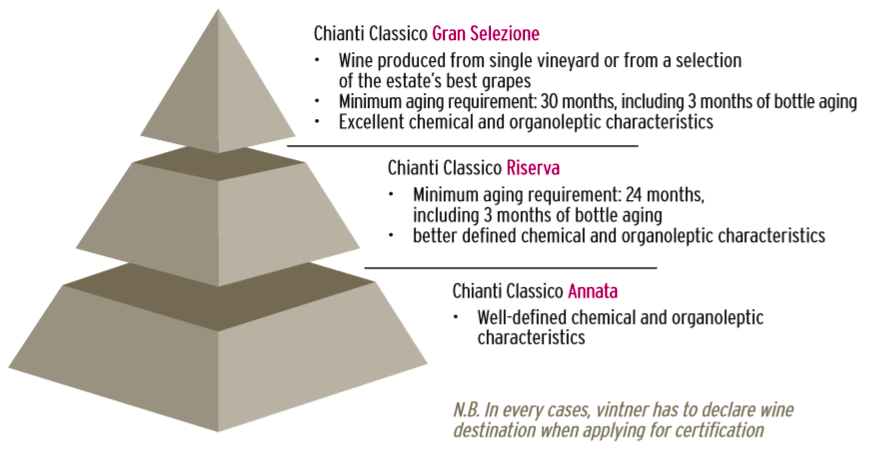VinoWeek Episode 13 - Kuvée - Revolutionizing Single Serve Wine
/Boston startup Kuvee has assembleda group of techie scholars, entrepreneurs and venture capitalist in order to go into the wine preservation business. Their idea "a convenience play - drink what you want, it stays fresh, and reorder easily.", appears to have merit. The product is due to launch this fall sostay tuned. Gargantuan wine, which is rapidly becoming one of our favorite reads, offers us up some well deserved criticism for restaurant owners and chefs. The post Four Mistakes Every Restaurant Makes exposes those faults and then proposes some simple solutions to correct them. After reading the article I'll certainly pay more attention to my hand washing ritual before dining. What do Celebrity chefs, Mexican immigrants and the Food Network have in common and why are chefs so concerned about their symbiotic link? Roberto Ferdman pens a post for the Washington Post about what may be going on behind the kitchen doors of your favorite restaurant. David Marcus explains how many wineries are moving away from traditional sales channels for moving their goods and are making a play for increasing direct to consumer sales, in order to increase their margins. Brand building and connecting with Silicon Valley entrepreneurs seems like a natural fit. Joseph Phelps Vineyards, Odette Estate Winery and Starmont Winery have recently opened new hospitality centers. If you have plans to visit Napa Valley put one of these venues on your list of destinations. Gerilee Densberger, the former bookkeeper of Whitehall Lane Winery in St. Helena, Ca. has been sentenced to nine years in prison for stealing close to $700,000 over a five year period. We discuss these stories and a few more on this week's edition of VinoWeek. Thanks for listening and cheers!

















